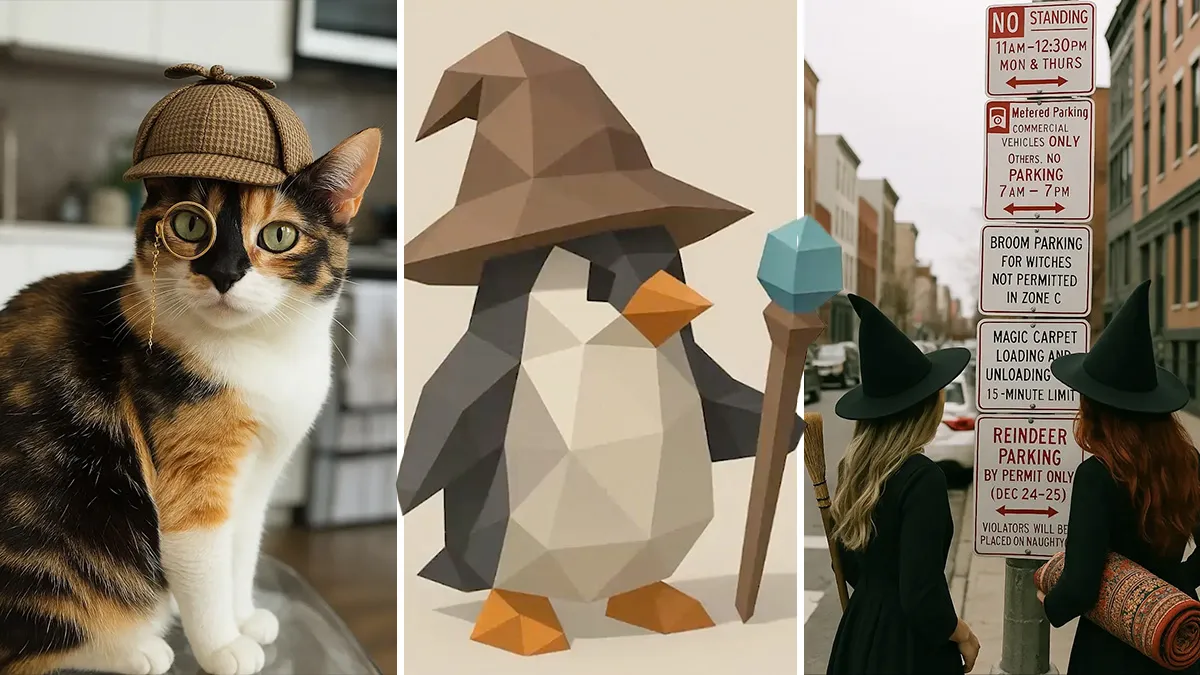Creativity has long been considered a uniquely human trait, our ability to imagine, transform, and bring something entirely new into existence. But with AI increasingly stepping into the realm of creation, the very definition of creativity is being challenged. The recent advancements in image generation from OpenAI highlight this shift, raising the question: What does it mean to create in a world where machines can generate art in seconds?
AI as a Creative Partner
Roger von Oech once said,
“Creativity is transforming one thing into another.”
This definition still holds, but AI’s role in the transformation process is evolving. Previously, AI was a tool, a brush in the artist’s hand, an assistant for executing human vision. But today, AI models can generate breathtaking images from just a few words, blending styles, reimagining concepts, and even surprising us with results we didn’t anticipate.
Does this mean AI is now creative? Or is it merely an advanced mimic, reshuffling patterns it has learned from millions of human-made works? The answer depends on how we define creativity. If creativity is purely the ability to generate something new, AI is undeniably creative. But if creativity involves intent, emotion, and personal experience, then AI remains a collaborator rather than an originator.
The Unrepeatable Human Experience
What AI lacks, and what it may never possess, is personal experience. Every human is shaped by their own journey, their struggles, joys, failures, and triumphs. The way we create is not just about combining ideas but about filtering them through the lens of who we are and what we have lived.
A machine can generate a beautiful painting, but it does not know the bittersweet ache of nostalgia, the thrill of discovery, or the weight of loss. It does not wake up with a burning idea in the middle of the night or struggle with self-doubt before daring to share its work with the world. These raw, personal moments are the true dopamine of creation.
The essence of creativity is not just the final product, it is the process of interpretation, of making meaning from our experiences, and of infusing something with the uniqueness of our perspective. This is why, no matter how advanced AI becomes, it can never fully replace the artist, the thinker, or the storyteller. Because what we create is not just an arrangement of pixels or words, it is a piece of ourselves.
Creativity Beyond Output
Much like the flood of digital content today, AI-generated images risk making creativity feel abundant, even disposable. But true creativity has never been about sheer production, it’s about transformation. The process, the struggle, and the meaning behind what we create are what truly matter.
At Managed Wisdom, we see this shift in creativity not just in the arts but in strategic thinking. AI can generate ideas, analyze trends, and offer insights, but the real transformation happens in how we use these tools, how businesses and leaders integrate AI into their vision, shape their strategy, and push the boundaries of what’s possible.
The future of creativity isn’t AI replacing human ingenuity. It’s about how we, as creators and strategists, adapt, refine, and elevate AI’s capabilities. Because in the end, creativity isn’t just about making something, it’s about making something matter. And that, at its core, is a uniquely human gift.
